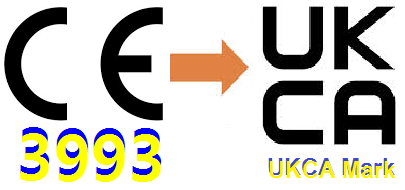
Types of welding consumables
Stick Electrode
Stick welding, a skill-intensive process, involves the use of stick electrodes or welding rods. These electrodes come in various types, such as E6010, E6011, E6013, E7014, E7024, and E7018, each with specific applications.
Significance: Stick electrodes provide a strong bond and require expertise in selection and application.
Fluxes:
Flux, often used in conjunction with filler metals, creates a shield of gas around the weld pool, preventing oxidation. It acts as a deoxidizer, crucial for maintaining the integrity of the weld pool.
Significance: Flux is instrumental in shielding the molten weld pool from atmospheric impurities and preventing the formation of porosity.
Solid wires:
Solid wires, providing deep penetration, are commonly used in welding processes. They contribute to minimal spatter and are suitable for various applications.
Significance: Solid wires offer versatility and are known for their stability and efficiency in creating welds with excellent penetration.
SAW wires:
Submerged Arc Welding (SAW) wires, used in combination with flux, result in high productivity. The interaction between the wire and flux significantly influences the welding outcome.
Significance: SAW wires maintain mechanical properties even after extended post-weld heat treatment, contributing to the overall quality of the weld.
Flux-Cored wires:
Flux-cored wires come in two types—gas-shielded and self-shielded. Gas-shielded wires require external shielding gas, while self-shielded wires generate gas when burned, eliminating the need for an external gas tank.
Significance: Flux-cored wires offer portability, high deposition rates, and are suitable for various welding applications.
Others
Additional consumables, including gases, play crucial roles in specific welding processes. Understanding their applications and interactions is essential for successful welding outcomes.
Significance: These consumables contribute to the overall efficiency, cleanliness, and quality of the welding process.





